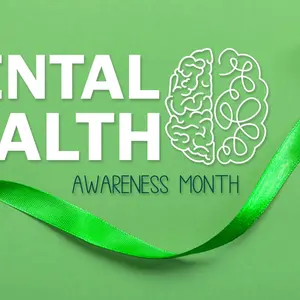

Food, Farming and Nutrition

Food, Farming and Nutrition
Why Is Everyone Going Gluten-Free?
One of my best friends recently said to me, “Gluten-free is just a trend and a fad, and it will go away.” I felt my breath shorten and my blood boil as I contested her statement, because nothing could be further from the truth. Most of mainstream America thinks the same way as my friend, but what they don't know is that we are not eating real food when we eat wheat.
Modern wheat is not what our grandparents and great-grandparents ate. What we are eating today is scientifically-engineered franken-wheat. It has three times the gluten, leading to tremendous inflammation and thyroid disorders like Hashimoto's Disease. It also contains a super starch called amylopectin, which the body does not know how to convert to energy, and so instead, the body stores as fat. This is a big reason why modern wheat is a major player in the diabetes and obesity epidemic we are facing as a nation.
Dr. Oz did a study where he measured the blood glucose levels of ten women. Five women ate a traditional candy bar and the other five ate two slices of wheat bread. Three out of the five women who ate the wheat bread had blood glucose levels MUCH higher than the women who ate the candy bars! Friends, the body does NOT recognize wheat as food. The trifecta here is that the protein that modern wheat contains, gliadin, is addictive. It binds to receptors in the brain (yes, like a drug) and makes us crave more junk carbs, and thus we are nutrient-deficient and overweight. A person who eats modern wheat a few times a day consumes, on average, 440 EXTRA EMPTY calories. This stuff is no bueno.
Studies indicate that 1 in 167 children and 1 in 111 adults have a gluten allergy (that number is probably much higher, but not enough people are getting tested), yet it often takes years for one to figure it out. Knowing the symptoms of a gluten allergy can speed up your diagnosis process, so you can start feeling better fast. Any of the following concerns render good cause to test for gluten sensitivity and/or intolerance:
- chronic fatigue syndrome
- mouth ulcers
- unexplained weight gain and inability to lose weight
- under active thyroid or Hashimoto's Disease
- unexplained weight loss (mostly in the case of Celiac's Disease)
- compromised immunity
- irritable bowel syndrome symptoms
- anemia
- Crohn’s disease
- diverticulitis
- ADD (attention deficit disorder)
- depression
- skin problems such as psoriasis or eczema
- autism
- irritability
The fastest way to diagnose a gluten allergy (or any other food allergy) is to have a food sensitivity test taken to see exactly which foods you are allergic to and how allergic you are. These blood serum tests cost between $125-250. If you find that you do have gluten sensitivity, take heart that there are increasingly more gluten-free options available in health food stores and conventional grocery stores as well.
Gluten-free eating requires education and a bit of vigilance at first. It is important to know that wheat, oats, rye, and barley contain gluten. Oats are inherently gluten-free, but since they are grown near wheat or as a part of crop rotation, they are often cross-contaminated. We are fans of the ancient forms of wheat, spelt and kamut, because they do not affect the body the way modern wheat does.
Food manufacturers can have many names for gluten including, but not limited to, hydrolyzed plant or vegetable protein, MSG, malt, malt flavoring, durum, and semolina. However, there are many delicious whole food alternatives to choose from. With a little knowledge of what you can eat and where to find gluten-free products and recipes, you will soon adapt to this new lifestyle and will be feeling better than you thought possible.
This article is reprinted with permission from the author, Christa Orecchio, CN, HHC, and first appeared in The Whole Journey.


 By
By






